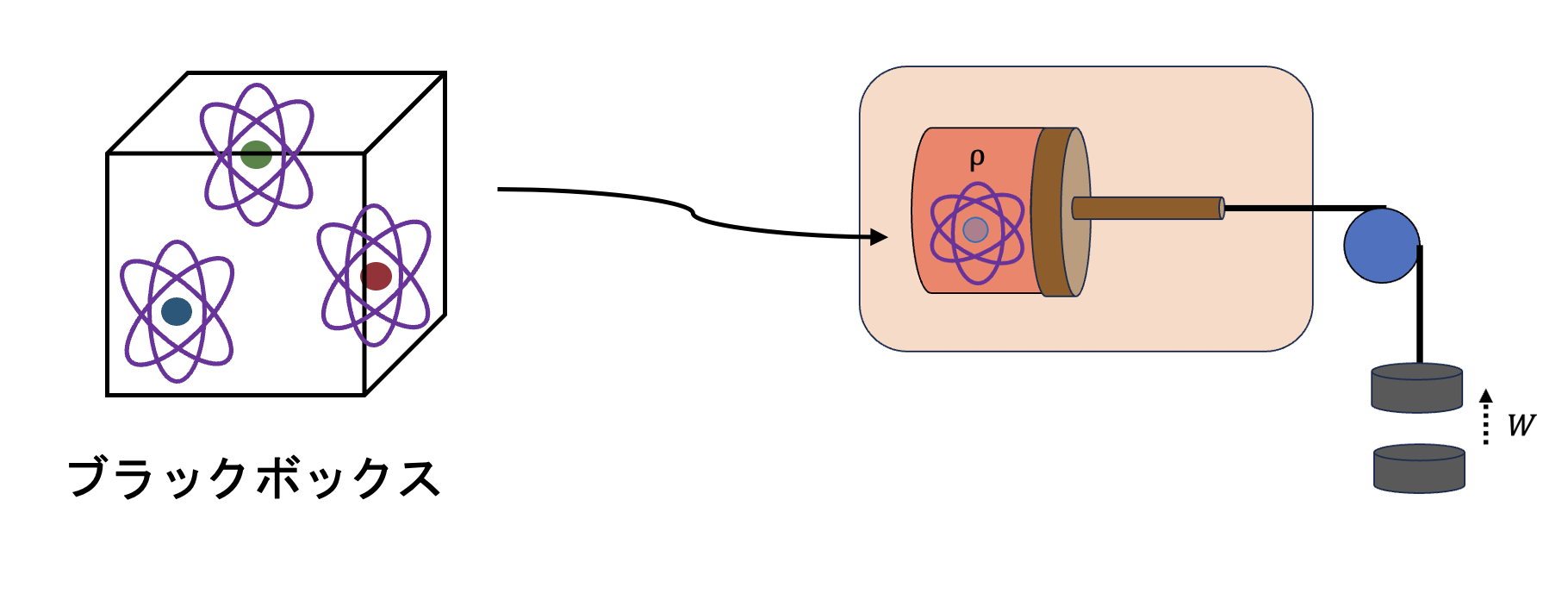2024-12-18 マックス・プランク研究所 (MPG)
<関連情報>
- https://www.mpg.de/23926372/old-moon-with-a-young-crust
- https://www.nature.com/articles/s41586-024-08231-0
約43億5,000万年前の潮汐による再溶融が月の古さを示す Tidally driven remelting around 4.35 billion years ago indicates the Moon is old
Francis Nimmo,Thorsten Kleine & Alessandro Morbidelli
Nature Published:18 December 2024
DOI:https://doi.org/10.1038/s41586-024-08231-0

Abstract
The last giant impact on Earth is thought to have formed the Moon1. The timing of this event can be determined by dating the different rocks assumed to have crystallized from the lunar magma ocean (LMO). This has led to a wide range of estimates for the age of the Moon between 4.35 and 4.51 billion years ago (Ga), depending on whether ages for lunar whole-rock samples2,3,4 or individual zircon grains5,6,7 are used. Here we argue that the frequent occurrence of approximately 4.35-Ga ages among lunar rocks and a spike in zircon ages at about the same time8 is indicative of a remelting event driven by the Moon’s orbital evolution rather than the original crystallization of the LMO. We show that during passage through the Laplace plane transition9, the Moon experienced sufficient tidal heating and melting to reset the formation ages of most lunar samples, while retaining an earlier frozen-in shape10 and rare, earlier-formed zircons. This paradigm reconciles existing discrepancies in estimates for the crystallization time of the LMO, and permits formation of the Moon within a few tens of million years of Solar System formation, consistent with dynamical models of terrestrial planet formation11. Remelting of the Moon also explains the lower number of lunar impact basins than expected12,13, and allows metal from planetesimals accreted to the Moon after its formation to be removed to the lunar core, explaining the apparent deficit of such materials in the Moon compared with Earth14.



